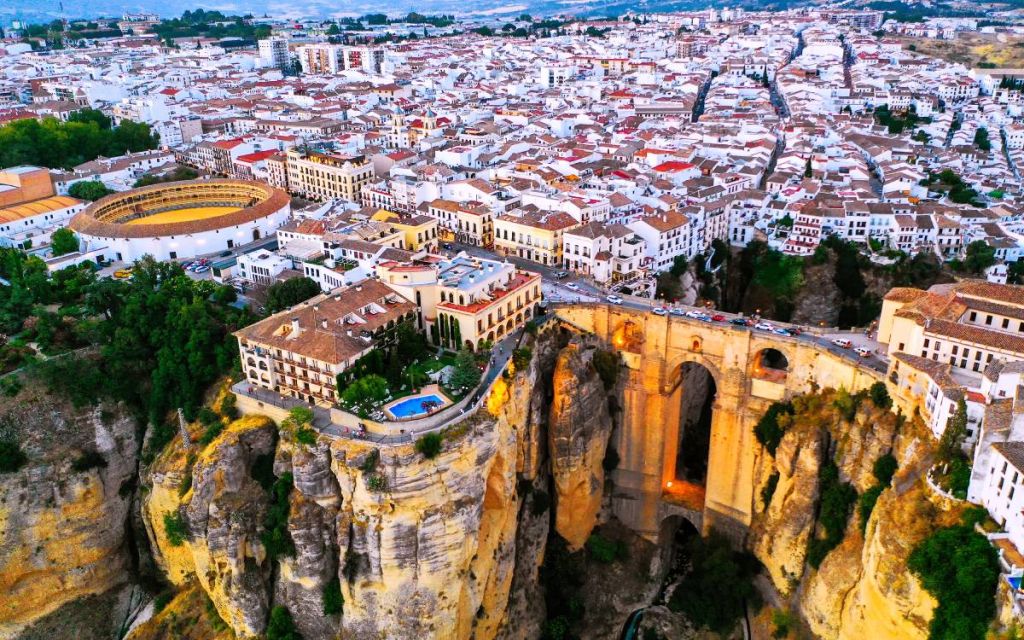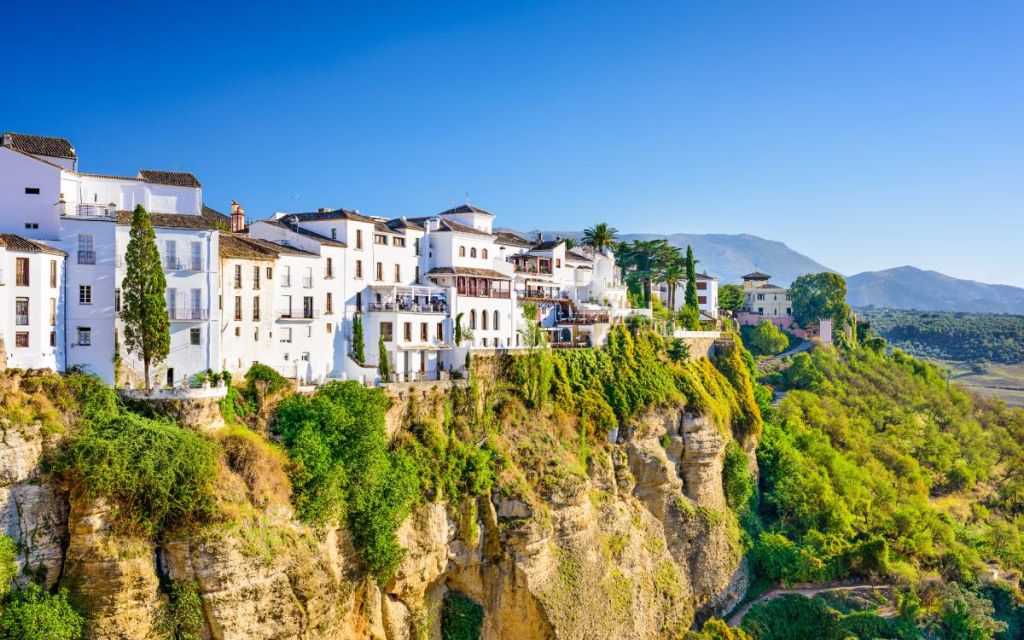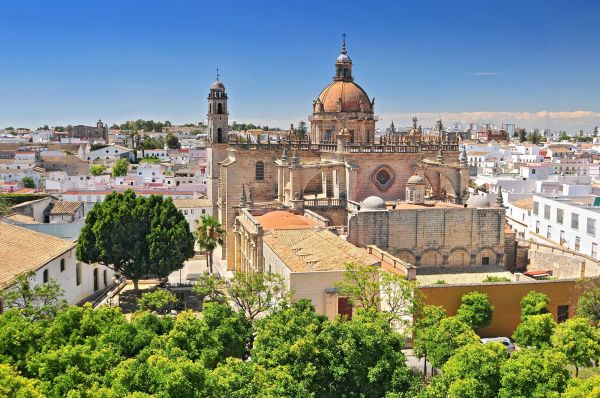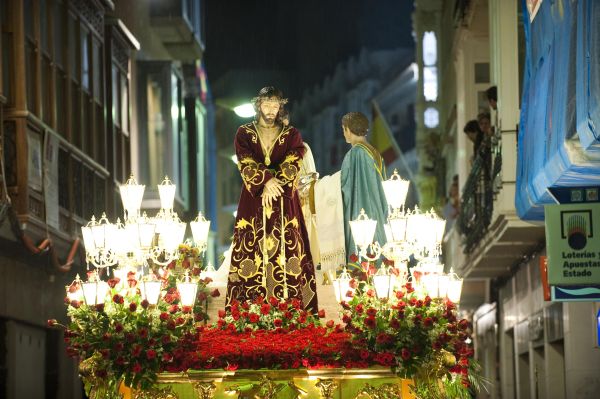Ronda
Ronda, the treasure of Andalusia
Ronda is the birthplace of bullfighting and Andalusian nationalism
Situated around an extraordinary ravine created by the River Guadalevin, this historic town in the province of Málaga boasts an old town full of monuments. The bullring is undoubtedly one of its most famous landmarks, and is the oldest bullring in Spain, being closely linked to the origins of bullfighting due to the strong tradition of chivalry that persisted in Ronda in the 18th century. The identifying elements of Andalusia, such as its anthem and flag, were chosen on this occasion. This is why Ronda is also considered the cradle of Andalusian nationalism.
A city of churches, palaces and historic museums in Andalusia
This municipality has enough attractions to keep you busy for an entire weekend. The things to do in Ronda revolve around its bullring, its many palatial mansions and its magnificent New Bridge. If you still have time, you can visit the Sierra de las Nieves Natural Park and the village of Casarabonela, or why not take the route of the white villages of Málaga.
But you really must start your visit at the New Bridge (incredible), which towers 93 metres above the river. In the town centre you'll find its own interpretation centre where you can immerse yourself in the history of the bridge, seeing its construction stone by stone and its image over the centuries, as well as discovering its relationship with the landscape, the town and its inhabitants. Some of the churches are also very interesting.
Ronda, cradle of bullfighting and prehistoric remains
Ronda is world-famous for its bullring, built in 1785. In fact, the city's history is linked to bullfighting. For example, the famous bullfighter Pedro Romero, who killed more than 5,000 bulls in the 18th century and whose portrait was painted by Goya, was born in Ronda. So it's only logical that Ronda should have a Bullfighting Museum and Interpretation Centre. The La Pileta cave is also famous for its cave paintings dating back to the Palaeolithic period. At the Algaba, you can see what it was like to live in a prehistoric community, a place that has now been converted into a science park. Nearby, you can visit a Roman site: the Acinipo (at an altitude of 1,000 metres).




 Français
Français  Nederlands
Nederlands  Español
Español 


